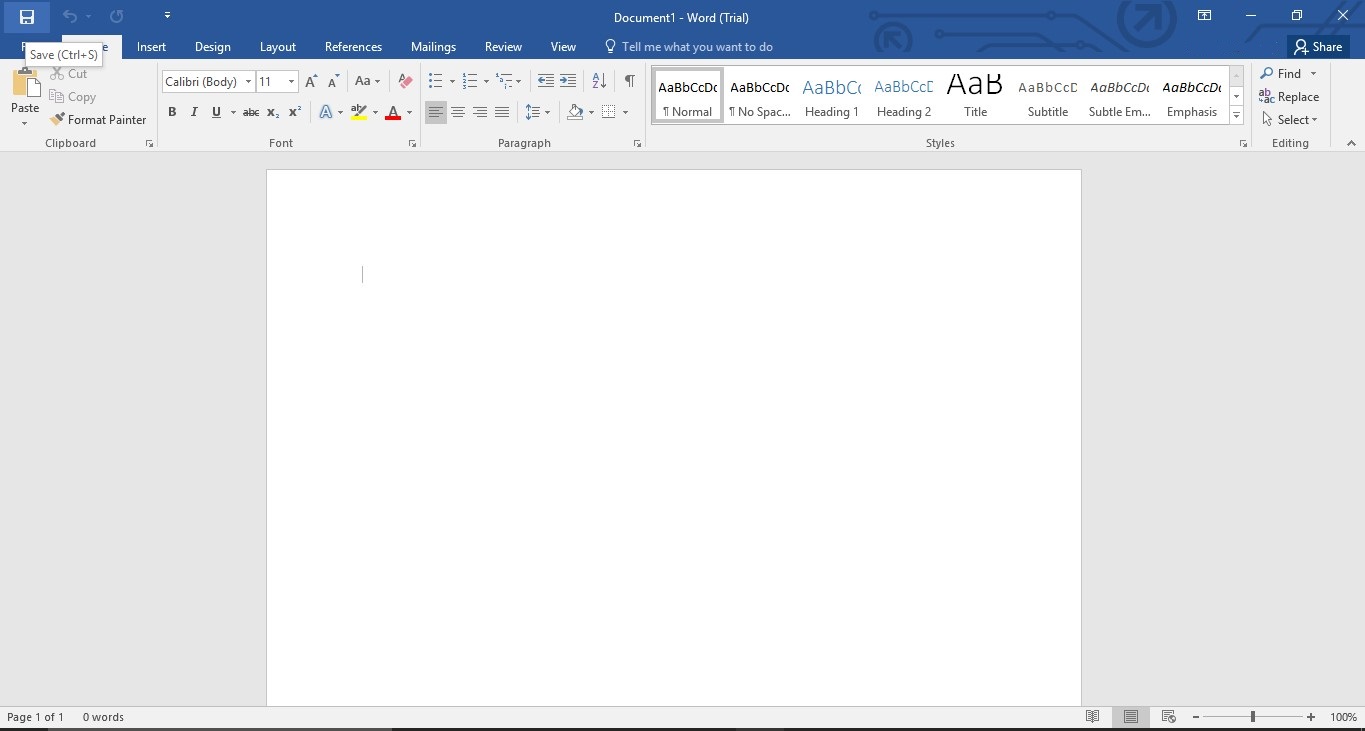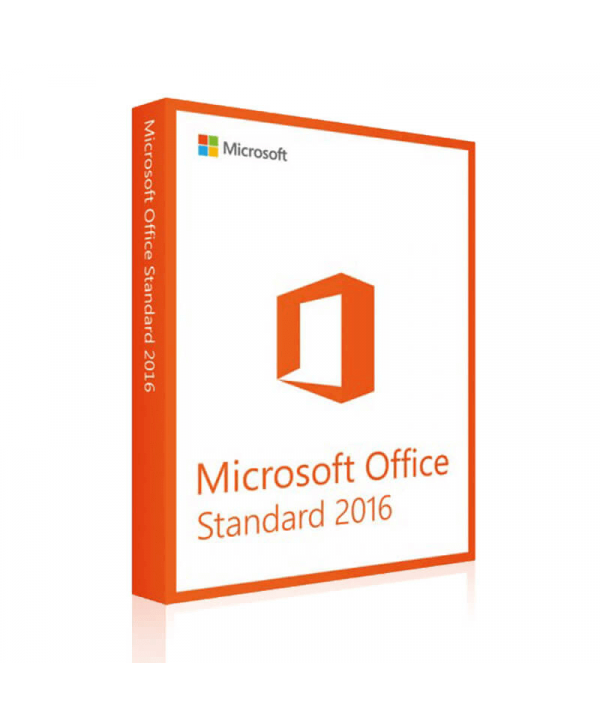
- #Microsoft office 2016 for mac standard how to#
- #Microsoft office 2016 for mac standard install#
- #Microsoft office 2016 for mac standard manual#
- #Microsoft office 2016 for mac standard software#
- #Microsoft office 2016 for mac standard license#
In a command-line install, $USER will be the user running the installer command, and this will likely be root. To know what user is logged in - or the user the script assumes is logged in - it reads the USER environment variable. Finally, it removes this application bundle it just installed and exits 0, so that the installation will not be aborted if this process fails (even though the rm command, given the -f flag, should not exit anything other than 0). The .volume package installs an application, “Microsoft Office Setup Assistant.app,” to /private/tmp, and runs a postinstall script that runs the binary within this application bundle using sudo, so as to run the command as the user who is logged in. The package also runs a postinstall script that loads the LaunchDaemon, and if the installer was run within the GUI, the bundled dockutil is invoked to add items to the user’s dock. This allows the licensing to be performed by any user on the system, and to store an “activation status” in a location that would normally required admin or root privileges.
#Microsoft office 2016 for mac standard license#
The package installs a LaunchDaemon and PrivilegedHelperTool, which provides infrastructure necessary to allow an application to perform the license activation without needing to ask for administrative privileges. Pkgutil -expand "/Volumes/Office 2016 VL/Microsoft_Office_2016_Volume_Installer.pkg" /tmp/office2016 You can inspect these packages yourself using a GUI tool like Pacifist or the Suspicious Package QuickLook plugin, or even simpler by using the pkgutil tool that’s built-in to OS X, and just expand the flat package to a temporary directory: The volume license installer is provided as a Distribution installer package, which includes two components that specifically pertain to licensing: 1), and 2) .volume.
#Microsoft office 2016 for mac standard software#
A software may also require a logout or restart, and therefore the deployment tools may opt to first log the user out so that the software can be installed.

This may be so because a machine has just had its OS installed or re-imaged, and the deployment tools are now automatically installing all the other software destined for this machine.
#Microsoft office 2016 for mac standard install#
There are several ways in which the context of such deployment tools install software is different than that of a user manually installing software onto his or her own personal machine (where the user also has admin privileges), but two important ones are:

do users install on their own via a self-service system, is it installed automatically at the time the machine is deployed to a user, or later on a schedule, etc.).

#Microsoft office 2016 for mac standard manual#
These tools make it possible for IT to deploy the software without numerous manual steps on each client, and control when the software is made available and in what context (i.e.

Volume licensed copies of software are often installed within organizations using automated deployment tools like Munki or Casper. The volume license is activated during the install process, very similar to Office 2011. Microsoft provides Office 2016 for Mac in two flavors: one for Office365 subscribers which users can “activate” by signing into their O365 accounts, and one for organizations entitled to a volume license through some agreement. In this post, as usual I’ll go into some detail about this installer’s problems, review some known workarounds and propose some solutions. Office is probably the most common software suite deployed in organizations, and so it’s a very bad sign that 2016 for Mac has begun its life as an installer that cannot be deployed without workarounds and/or repackaging. The best way to “fix” the installer is to have Microsoft fix it so that it can be deployed the same way we deploy any other software.
#Microsoft office 2016 for mac standard how to#
At least a couple posts exist already for how to “fix” the installer and deploy the software, but I haven’t seen anyone actually detail some of these issues publicly. Office 2016 for Mac comes in an installer package that has been causing several issues for Mac sysadmins deploying it in their organizations.


 0 kommentar(er)
0 kommentar(er)
